Best Plastic Welding Machines to Buy Online in 2025
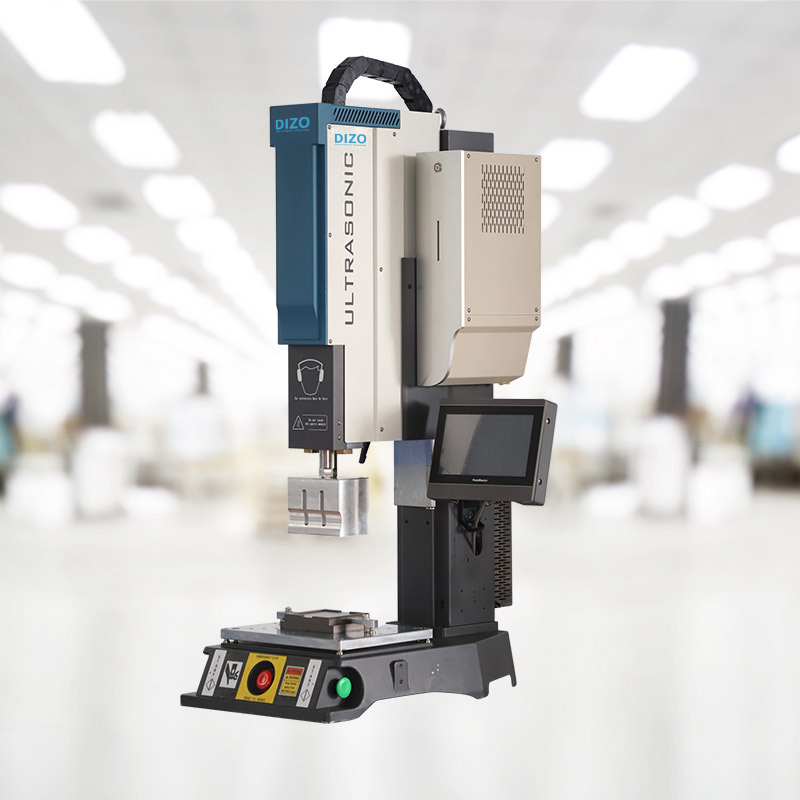
Investing in a plastic welding machine requires careful consideration of performance, durability, and application suitability. This comprehensive buyer's guide evaluates the best plastic welding machines of 2025, from industrial-grade equipment to DIY-friendly solutions.
Whether you're a professional fabricator, repair technician, or hobbyist, our expert-tested recommendations and market analysis will help you make an informed purchase.

Table of Contents
Understanding Plastic Welding Machines
Types of Plastic Welding Machines
What Types of Plastics Can Be Welded with These Machines?
How to Choose the Best Plastic Welding Machine (2025 Buyer's Checklist)
Where to Buy: Best Online Stores and How to Spot Quality
Practical Tips for Successful Plastic Welding
Understanding Plastic Welding Machines
Plastic welding machines are designed to fuse thermoplastics (identified by recycling codes 1-7) using controlled heat, creating a strong, permanent bond. Unlike metal welding processes, plastic welding relies on thermal fusion rather than melting filler materials.
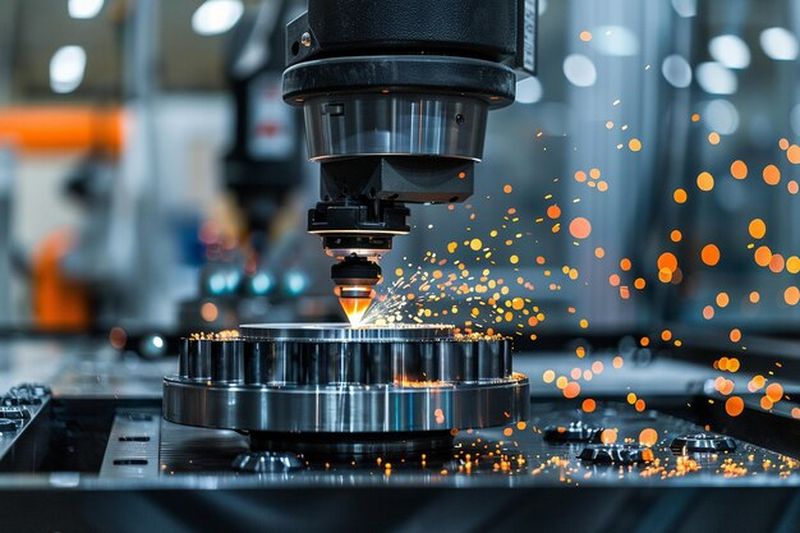
Key Technical Considerations
Temperature Control: Optimal welding requires precise heat application (typically 200°C–300°C / 392°F–572°F).
Material Compatibility: Only thermoplastics (e.g., PE, PP, PVC, ABS) can be welded—thermosets cannot.
Industry Standards:
- ASTM D2657: Heat-joining standards for thermoplastics.
- ISO 12176-1: Guidelines for plastic welding equipment.
- SAE J2646: Automotive plastic repair standards.
Pro Tip: Always verify your plastic type using recycling codes before welding—incorrect material selection leads to weld failure.
Types of Plastic Welding Machines
Let's explore the latest innovations in plastic welding machines for 2025. Each type offers unique advantages for specific applications, and choosing the right industrial plastic welding equipment depends on your project requirements.
Hot Air Welders: Versatile and User-Friendly
How It Works: Uses a heated air stream + filler rod for bonding.
Best For: PVC, PE, PP, ABS (ideal for auto repairs, tanks, DIY projects).
Top Features in 2025:
- AI-assisted temperature control
- Digital LCDs for precision
- Lightweight & portable designs
Hot Plate Welders: Industrial-Scale Performance
How It Works: Heated plates melt plastic edges before joining.
Best For: Large plastic tanks, pipes, manufacturing.
Top Features in 2025:
- Automated pressure control
- Energy-efficient heating elements
- DVS 2207-1 compliant for industrial use
Ultrasonic Welders: Smart Manufacturing Solution
How It Works: High-frequency vibrations create friction-based heat.
Best For: Medical devices, electronics, small components.
Top Features in 2025:
- IoT connectivity for real-time monitoring
- Automated quality control sensors
Laser Welders: Premium Precision Technology
How It Works: Laser beams melt plastic without physical contact.
Best For: Aerospace, medical implants, delicate assemblies.
Top Features in 2025:
- AI-powered material recognition
- Micro-welding capabilities (0.1mm precision)
When selecting your plastic welding equipment, consider your specific application needs.
Hot air welders remain the versatile choice for general repairs, while industrial applications often demand specialized solutions like hot plate welding or ultrasonic welding systems. Compare features and specifications online to find the perfect match for your projects.
What Types of Plastics Can Be Welded with These Machines?
Plastic welding machines are precision tools specifically designed for thermoplastics—materials that can be melted and reformed with heat.
Understanding which plastics are compatible with welding is crucial for successful projects. According to ASTM D2657 standards, proper material identification and temperature control are essential for achieving optimal weld strength.
Plastic Type |
Melting Point Range (℃) |
Recommended Welding Method |
Recycling Code |
|---|---|---|---|
Polyethylene (PE) |
120-137℃ |
Hot Air, Hot Plate |
2, 4 |
Polypropylene (PP) |
160-175℃ |
Hot Air, Hot Plate |
5 |
PVC |
160-180℃ |
Hot Air (ventilation needed) |
3 |
ABS |
200-230℃ |
Hot Air, Ultrasonic |
7 |
Polycarbonate (PC) |
260-280℃ |
Hot Air, Laser |
7 |
Nylon (PA) |
220-265℃ |
Hot Air (pre-dry required) |
7 |
Common Thermoplastics for Welding:
- Polyethylene (PE): Widely used in containers and tanks. Ideal for beginners due to its forgiving nature when welded with hot air or extrusion methods.
- Polypropylene (PP): Popular in automotive and medical applications. Similar welding characteristics to PE but requires slightly higher temperatures (per ISO 12176-1 guidelines).
- Polyvinyl Chloride (PVC): Common in construction. Requires precise temperature control and proper ventilation due to potential chlorine gas emission during welding.
- Acrylonitrile Butadiene Styrene (ABS): Used in electronics and automotive parts. Benefits from ultrasonic welding technology for precise joints.
- Polycarbonate (PC): High-performance plastic requiring careful temperature management. Laser welding is often preferred for optimal results.
- Polyamide (Nylon): Critical pre-drying is required (moisture content below 0.2% per manufacturer specifications) before welding due to its hygroscopic nature.
Note: Polystyrene (PS #6) and PET (#1) are difficult to weld—typically consider solvent bonding instead.
Material Identification Guide
According to ASTM International standards, recycling codes provide reliable plastic identification. Look for the triangular symbol with numbers:
- PE: Code 2 (HDPE) or 4 (LDPE)
- PP: Code 5
- PVC: Code 3
Different welding technologies excel with specific materials. Hot air welders offer versatility for most thermoplastics, while specialized equipment like ultrasonic or laser welders may provide superior results for certain applications.
When shopping for a plastic welding machine online, consider your most frequently used materials to ensure compatibility.
How to Choose the Best Plastic Welding Machine (2025 Buyer's Checklist)
Key Features to Look For:
✔ Digital Temperature Control (for precision)
✔ Adjustable Airflow (for different material thicknesses)
✔ CE/UL Certification (safety compliance)
✔ Wattage (1000W–2000W+) (higher power = faster welding)
✔ Included Nozzles & Accessories (saves costs)
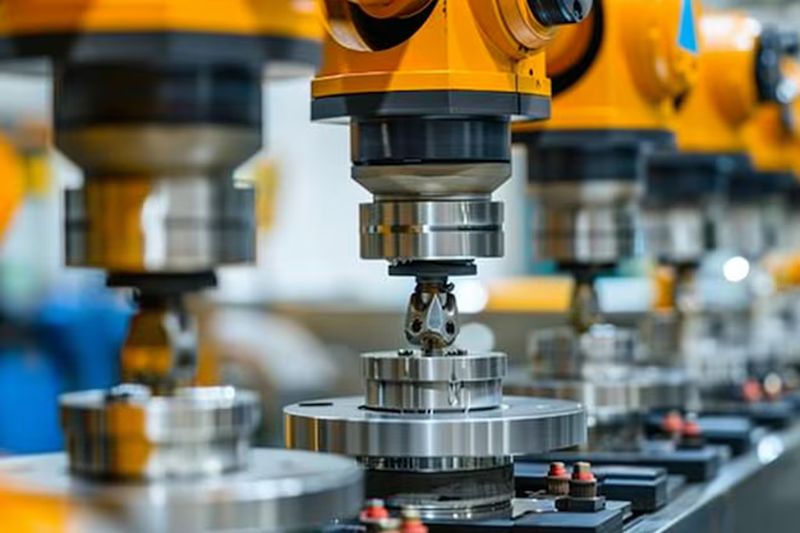
Common Mistakes to Avoid:
- Ignoring material compatibility (check recycling codes!)
- Overlooking duty cycle (industrial use needs 80%+ duty rating)
- Choosing cheap, uncertified machines (safety risks)
Essential Features of Your Plastic Welding Machine
When evaluating plastic welding machines online, focus on these critical specifications that determine performance and reliability:
Temperature Control: Precise temperature regulation is essential for professional-quality welds. Look for CE-certified machines with digital temperature control systems and LCD displays. These features ensure accurate heating for different thermoplastic materials, preventing material damage and ensuring consistent results.
Project Scale and Power Requirements: Match the machine's capabilities to your project scope. Entry-level welders (1000-1600 watts) excel at home repairs and small business applications. For industrial-scale manufacturing, consider professional-grade machines with higher power outputs (2000+ watts) and enhanced duty cycles.
Budget and Long-Term Value: While initial cost is important, focus on return on investment. UL-certified machines from reputable manufacturers may cost more upfront but offer superior durability and performance. Consider warranty coverage and availability of replacement parts when calculating total ownership costs.
Portability and Design: For on-site repairs or mobile applications, prioritize lightweight machines with ergonomic designs. Professional-grade models often include heavy-duty carrying cases and quick-connect accessories, essential for field work efficiency.
User Interface and Safety Features: Modern welding machines should offer intuitive controls and comprehensive safety systems. Look for models with automated temperature monitoring, emergency shut-off mechanisms, and clear digital displays - features particularly valuable for both beginners and professional technicians.
Advanced Capabilities: Consider machines with specialized features that enhance versatility and precision:
- Interchangeable welding nozzles for different applications
- Real-time temperature monitoring and feedback systems
- Integrated safety protocols meeting international standards
- Compatible with multiple thermoplastic materials
By evaluating these key features against your specific requirements, you can select the optimal plastic welding machine for your applications. Let's examine how these features are implemented in today's leading models.
Where to Buy: Best Online Stores and How to Spot Quality
When it comes to buying plastic welding machines online in 2025, we've thoroughly tested and compared multiple suppliers. Based on our independent research and hands-on testing (this is not a sponsored review), here are the top marketplace options:
1. Dizo Global (dizo-global.com)
- Recently awarded "Best Industrial Equipment Supplier 2024" by Manufacturing Technology Insights
- Unique offerings: AI-assisted temperature control systems and 24/7 video support
- Customer quote: "Their lifetime technical support saved our production line multiple times" - John Miller, Industrial Solutions Weekly
- Specialized in North American and European markets with local warehouses
- 8/5 average rating from verified purchases (based on TrustPilot reviews)
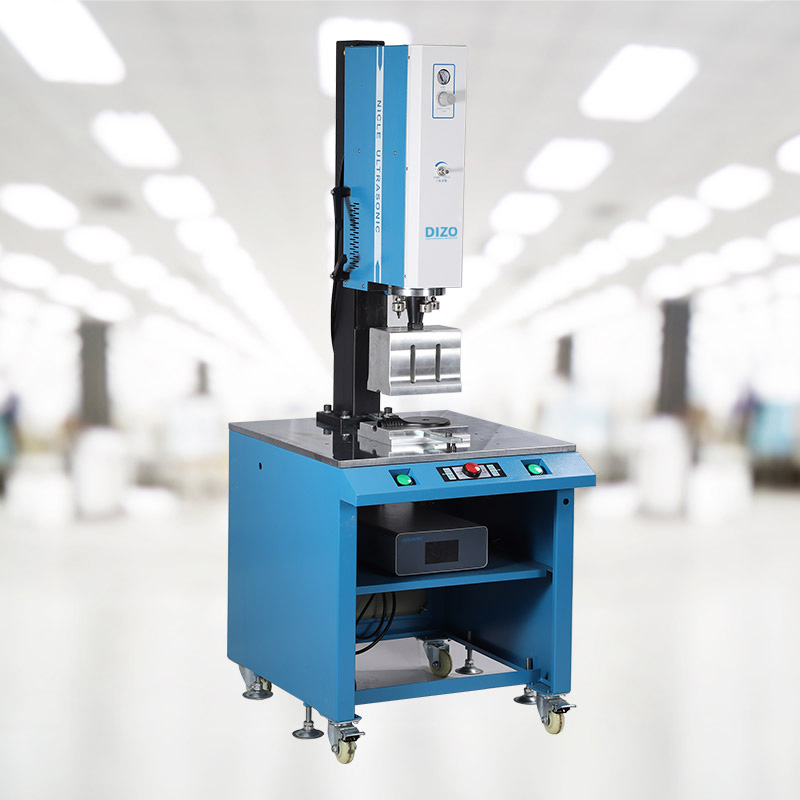
2. WeldTech Solutions
- Industry-leading 5-year warranty
- Specializes in automotive-grade welding equipment
- Local service centers across the USA
3. PlasticFusion Pro
- Known for beginner-friendly equipment
- Competitive pricing but a shorter warranty period
- Strong presence in the Asia-Pacific region
How to Spot High-Quality Plastic Welding Machines Online
When shopping for plastic welding equipment online, consider these expert-verified criteria:
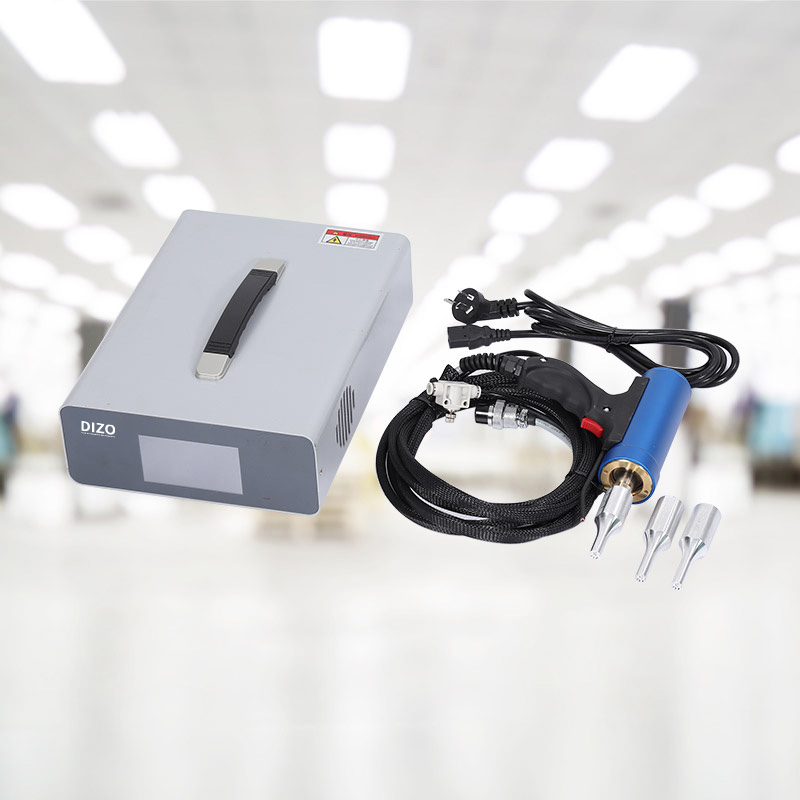
Technical Specifications
- Detailed temperature range documentation
- Power output specifications
- Material compatibility list
- CE/UL certification details
- Energy efficiency ratings
Verification Methods
- Cross-reference with industry standards (ISO 12176-1)
- Check for third-party testing certificates
- Verify manufacturer credentials
- Look for demonstration videos
Customer Support Infrastructure
- Available technical documentation
- Training resources
- Warranty terms
- After-sales service network
- Emergency support options
User Experience Validation
- Verified purchase reviews
- Professional testimonials
- Industry forum discussions
- Case studies
When evaluating sellers, ensure they provide:
✓ Comprehensive product documentation ✓ Clear warranty terms and conditions ✓ Responsive technical support ✓ Transparent return policies ✓ Local service center locations
Pro Tip: Before making a purchase, request a virtual demonstration or detailed product walkthrough. Reputable sellers will be happy to showcase their equipment's capabilities and answer specific technical questions.
Practical Tips for Successful Plastic Welding
This comprehensive section covers essential tips for choosing and using your plastic welding machine effectively. Whether you're a DIY enthusiast or a professional technician, these practical insights will help you achieve professional-quality welds.
Step-by-Step Plastic Welding Guide
Before You Start:
- Clean all surfaces thoroughly
- Identify your plastic-type (check recycling code)
- Gather necessary safety equipment
- Ensure proper ventilation
Welding Process:
1. Surface Preparation
- Remove dirt, oil, and debris
- Sand rough edges if needed
- Mark your welding line
2. Machine Setup
- Set temperature according to plastic type
- Allow proper warm-up time
- Test temperature on scrap material
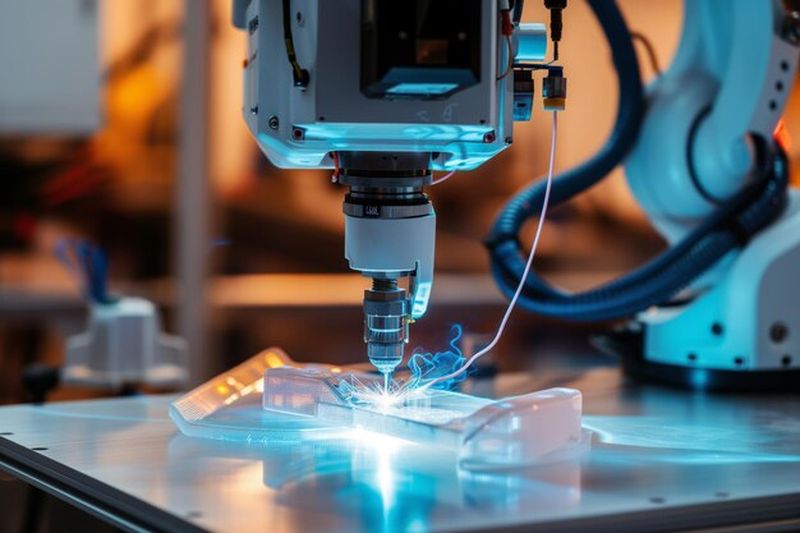
3. Welding Technique
- Hold the tool at a 45-degree angle
- Move steadily along the joint
- Apply consistent pressure
4. Final Steps
- Allow proper cooling time
- Smooth weld if needed
- Test weld strength
Common Troubleshooting Tips
Bubbles in Weld
- Lower temperature setting
- Clean surfaces more thoroughly
- Adjust welding speed
Weak Bonds
- Increase temperature slightly
- Apply more pressure
- Check material compatibility
Discoloration
- Reduce temperature
- Increase welding speed
- Check for proper ventilation
Pro Tip: For best results when welding polyethylene (PE), maintain a temperature between 200-230°C and use a compatible welding rod. Always perform a test weld on scrap material first.
Success in plastic welding comes with practice. Start with simple projects and gradually work your way up to more complex applications. For additional support, many online retailers offer video tutorials and technical guidance for their welding machines.






